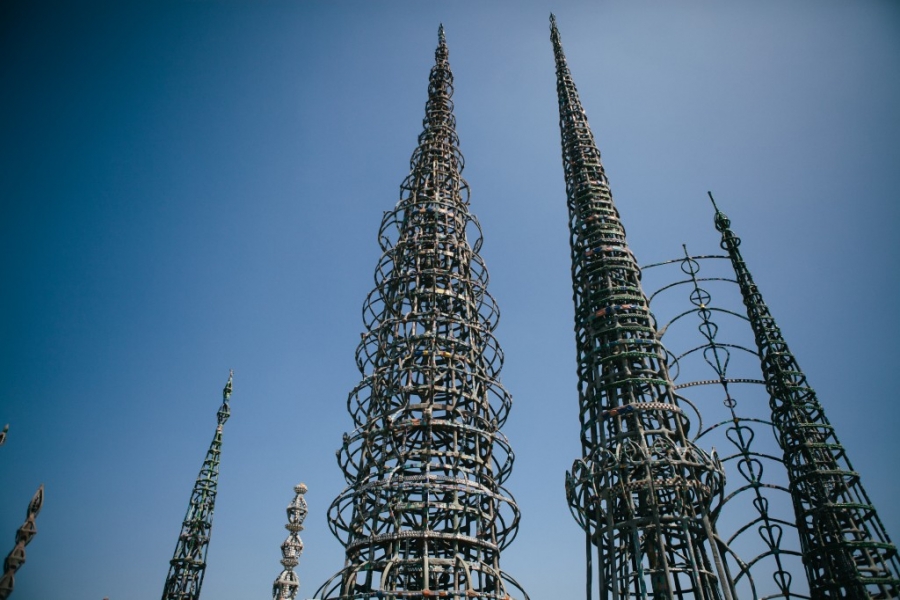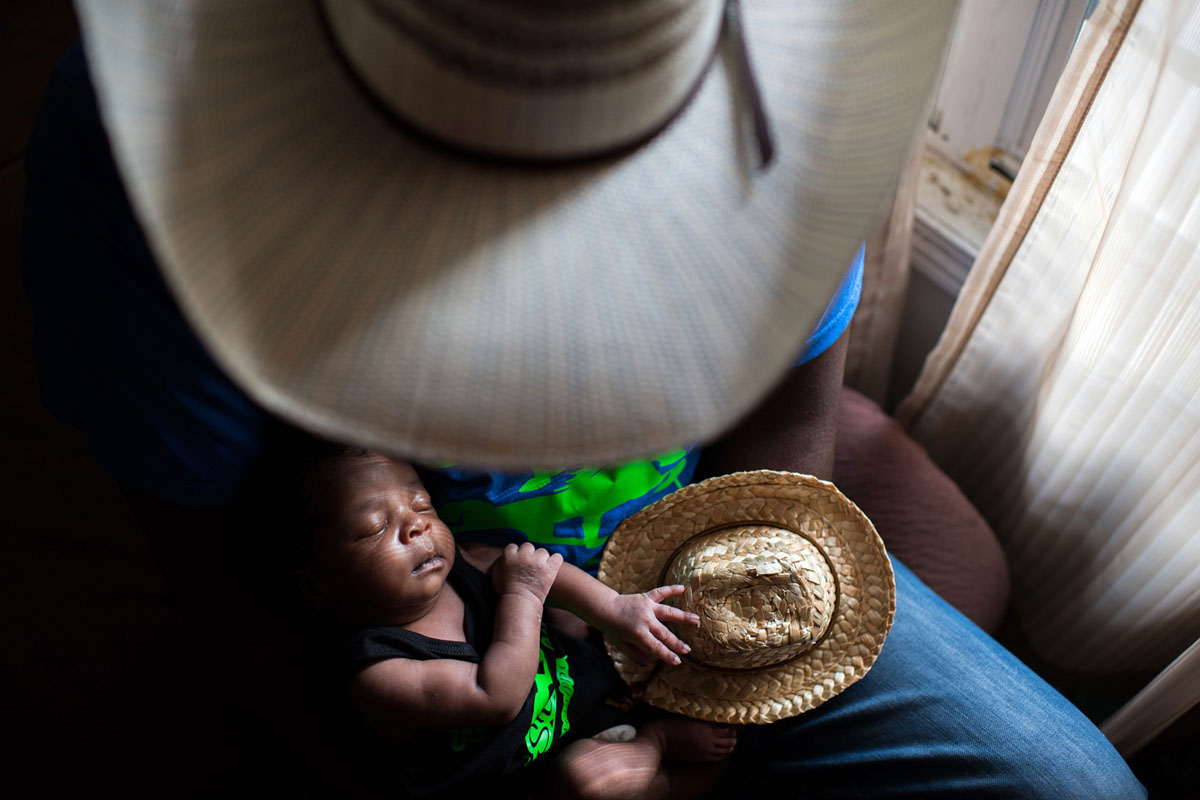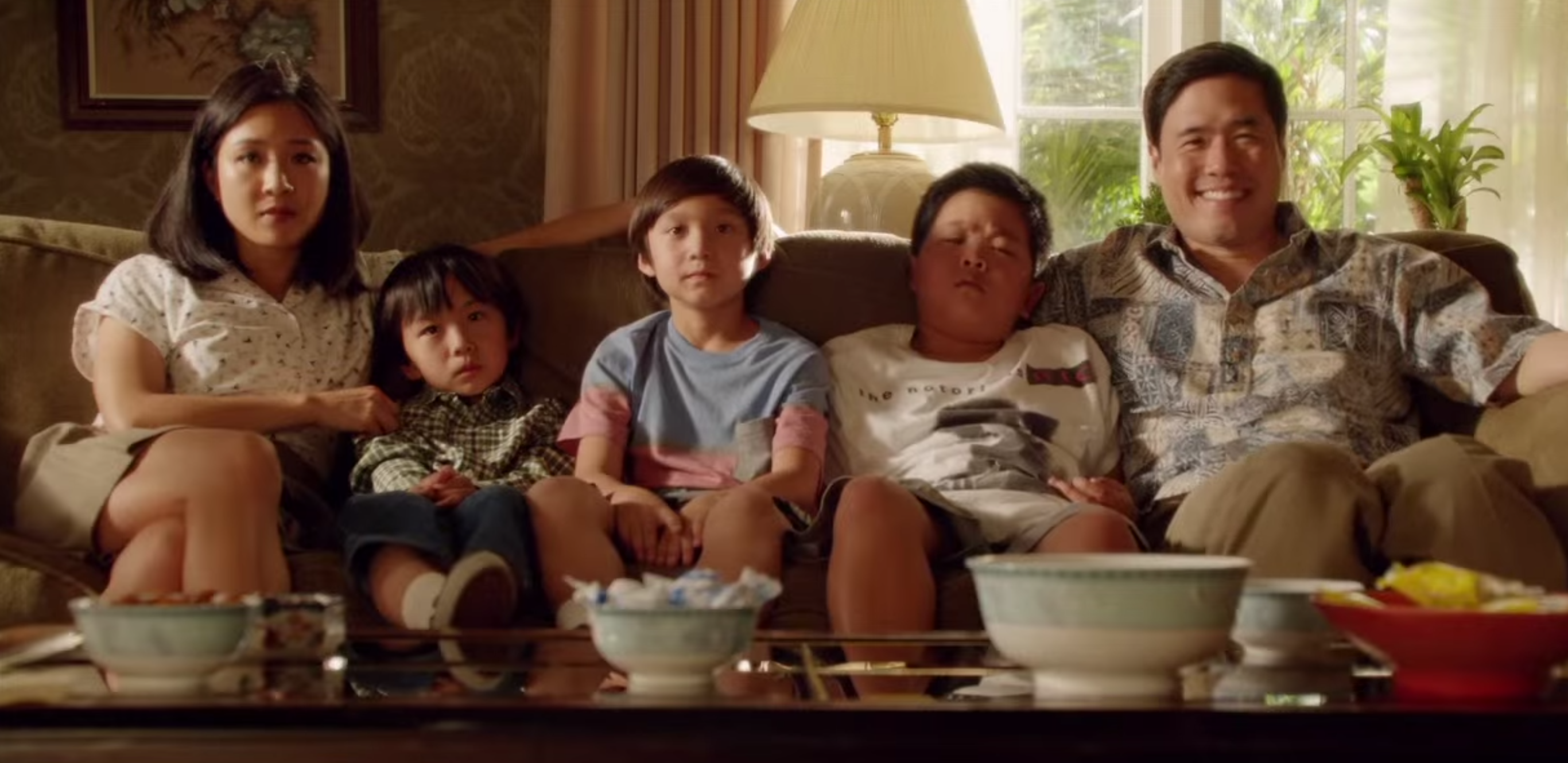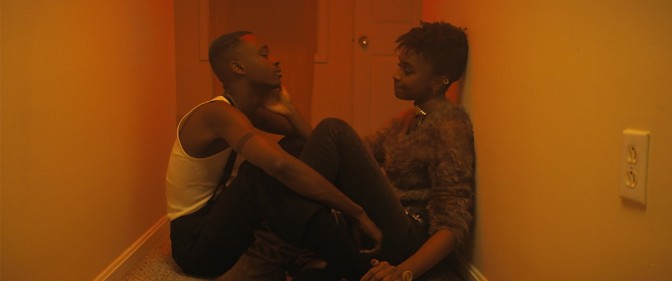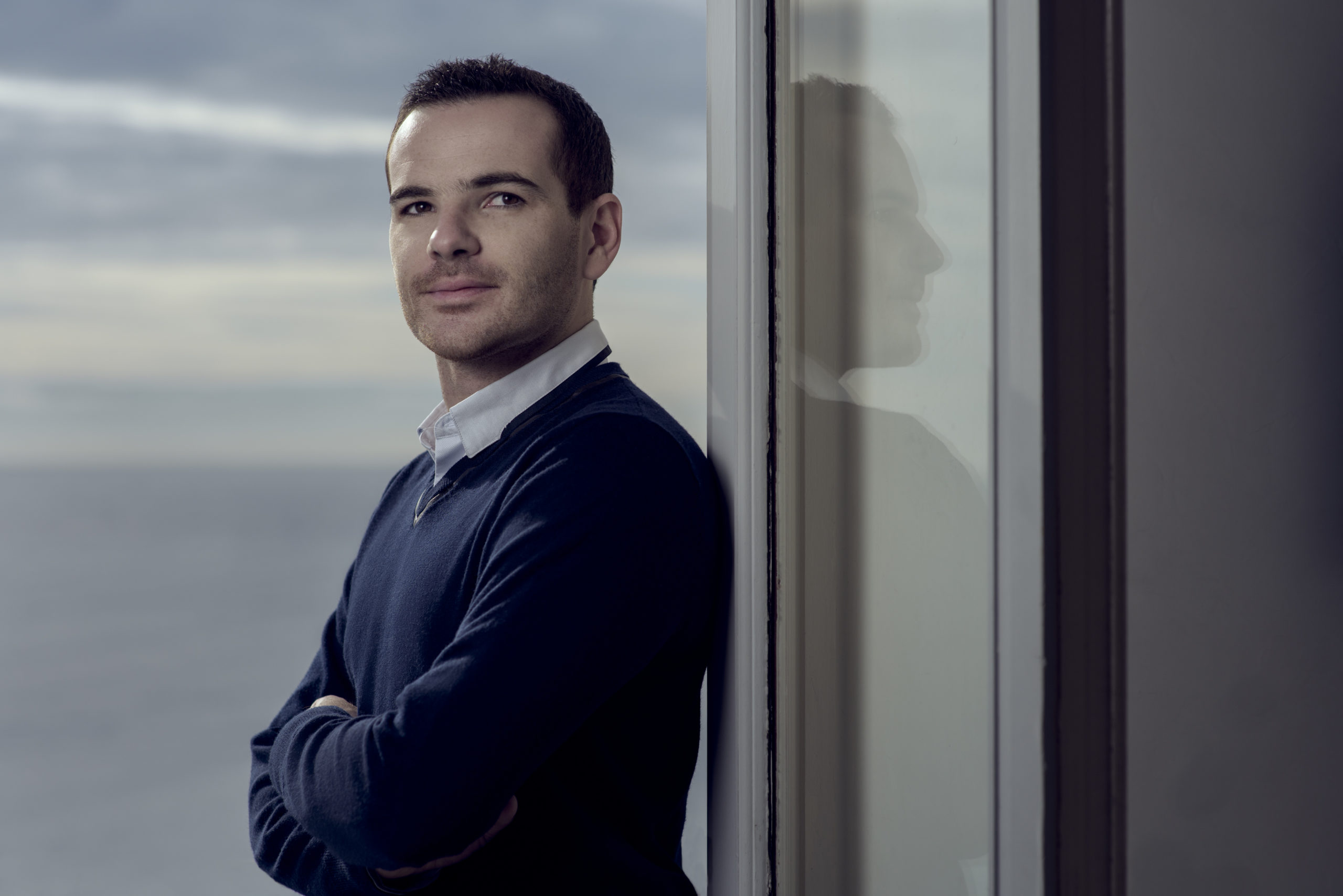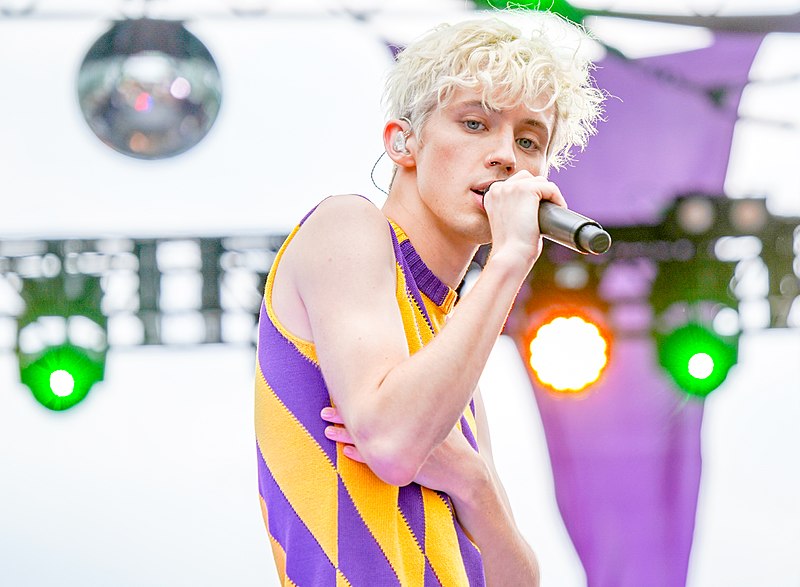
2015 was the tip of the iceberg for LGBTQ community, equality and representation. While #loveislove trended across the web and multiple platforms, music was a seemingly unmoved platform.
Aside from rap/hip-hop, the music industry is also dominated with pop songs about love and heartache. Theses tracks are binary with messages of heteronormativity that carry on the assumption that the couple in a song is a man and a woman. People have even gone to lengths to correct the pronouns in lyrics to suit the gender combination for the song while some mock those who try.
https://twitter.com/ihatejoelkim/status/1055137575982133249
Despite this backlash, LGBTQ musicians have been able to create songs that resist outdated messages in pop culture and told stories from the point of view that was originally considered taboo. Here are five LGBTQ icons involved in this movement locally and internationally:
Hayley Kiyoko
LA local and previous Disney star, Hayley Kiyoko has made a name for herself in the realm of music and acting. Kiyoko didn’t “come out” easily, as it may have seemed. Generally artists who do identify with the LGBTQ community are told to keep that information under-wraps or to “tone it down” (Kiyoko being one of them). Since the release of Kiyoko’s song “Girls Like Girls” in 2015, Kiyoko continues to share who she is and what she’s experienced to a community who can look up to her representation as a lesbian singer. Kiyoko is currently touring since the release of her album “Expectations.”
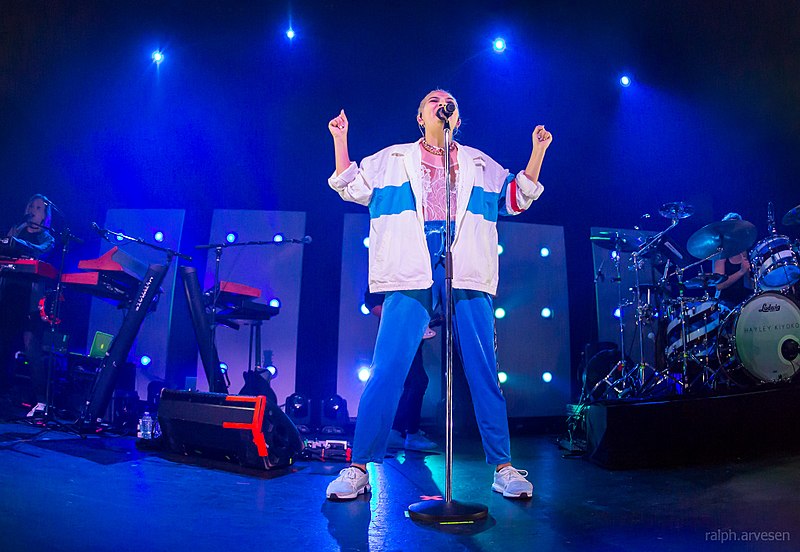
Alyson Stoner
Also an LA local and previous Disney star and dancer, Alyson Stoner is working to grow as a singer. While she’s more known for her other roles as an actress, voice actress, dancer and now a dance instructor, Stoner strives to use her platform to spread messages of love and acceptance. She reaches for interaction, thoughts and conversation; it was subtle when she came out. She made it seem so natural as it is (which is important because sexuality is one aspect of a person). She made this very clear in her music video “Fool.”
Janelle Monáe
Some may recognize her from her signature tuxedo style and confident appearance or some may know her from her songs in movies or commercials, such as “Tightrope,” or her feature in F.U.N’s song “We Are Young.” Janelle Monáe is an artist, a writer, and most notably a role model for future generations. Monáe thinks outside the box and challenges what is societally ignored. According to Smithsonian, when Monáe came up with the concept for her recent release “Dirty Computer,” she was shedding her old persona from “The ArchAndroid,” and accepting the “dirt” or parts of herself she was afraid of, allowing her to turn inward. She makes her music about her community and creates a space for support, self-celebration and acceptance that includes everybody.
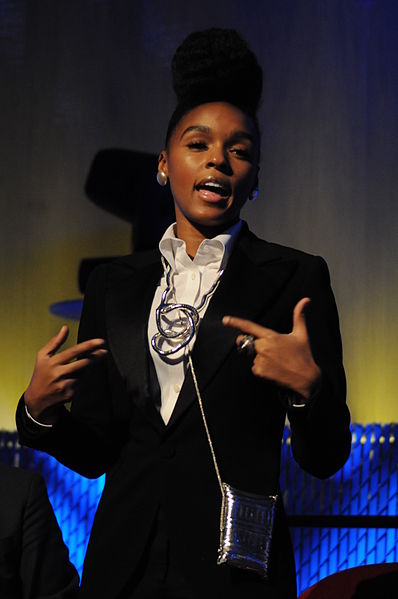
Troye Sivan
My My My! Some may argue Troye Sivan’s career started as a 17-year-old YouTube singer, singing covers and building community before he got signed to record label Universal Music Australia in 2013. Others define Sivan’s moment when he came out publicly as gay to his million of fans around the jumpstart of his career. Years after, Sivan continued to make music and then released his first installment of “Blue Neighborhood” music video trilogy in 2015 which portrayed young queer love in suburbia. According to NME, Sivan has become a queer icon for today’s youth from the sensibility he brought them in trying to make sense of their sexuality, but rejects the title noting that he understands his privilege when he came out to the world, but even role models need role models who inspire others to persevere and unconditionally support each other.

Sam Smith
In the 57th Annual Grammy Awards back in 2015, Sam Smith thanked a man who broke his heart, but inspired the soulful album “In the Lonely Hour” while confirming his sexuality to the world on television. Smith states in an interview the music was created to include everyone. His intentions were to make it clearly about someone, but also still normalize the stories and perspective he told through his music to apply to almost anyone.
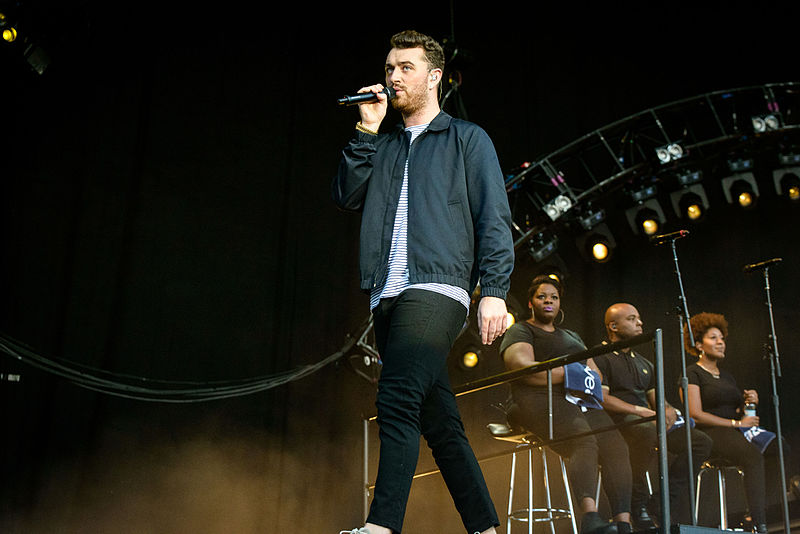
There has been progress in inclusivity, but there is more work to be done to represent all colors of the spectrum. The goal isn’t to have a gay pop section, but to have representation as humans who love other humans. Artists and musicians aren’t doing anything new. They only continue to express a point of view that encompasses experiences relatable to everyone, not only the straight audience.

